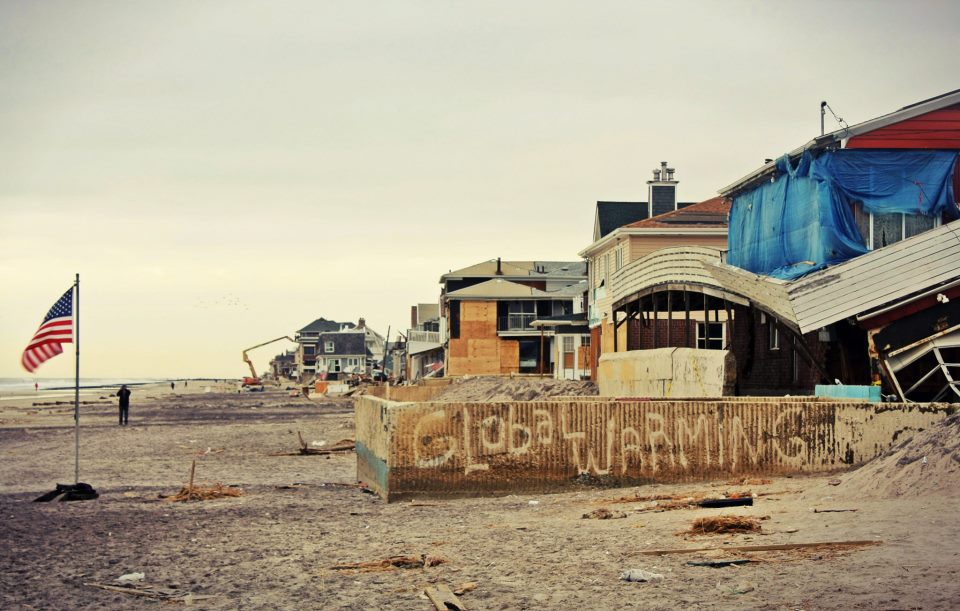“We live in a world in which the climate is changing.”
This statement from the EPA, the first line in its draft “Climate Change Adaptation Plan” [PDF] released today, is basic. But that the EPA is saying it is important.
For two reasons. The first is that the agency is advancing an argument it will need to make more forcefully later this year as it pushes for curbs on greenhouse gas pollution that could stem some of the worst effects of that changing climate. Though the draft report is dated June 2012, it only came out today — less than a week before a State of the Union address in which Obama is expected to call for climate action. And, second, the EPA needs to get ready for what a warmed world looks like.
Until now, EPA has been able to assume that climate is relatively stable and future climate will mirror past climate. However, with climate changing more rapidly than society has experienced in the past, the past is no longer a good predictor of the future. Climate change is posing new challenges to EPA’s ability to fulfill its mission.
“Until now,” huh? If you say so.
Over the course of 55 pages, the agency outlines the ways in which its mission — protecting America’s air and water — will be threatened by climate change. For those who’ve been tracking the issue, it’s largely what you’d expect. It’s important to note: This is not a document meant to suggest how the EPA will prevent climate change. It simply says “here’s what will happen as the world warms” and then considers how that will affect its mission.
An appendix outlines and prioritizes the challenges, breaking them into three categories based on likelihood: “Likely,” “Very likely,” and “Certain.” What prediction fits into which category is interesting — and suggests just how conservative the EPA is still being.
Certain effects
- Ocean acidification
Very likely
- Increasing extreme temperatures
- Sea-level rise
- Increased water temperatures
- Loss of snowpack
- Changes in temperature
Likely
- Increased tropospheric ozone pollution in certain regions
- Increased frequency or intensity of wildfires
- Increasing heavy precipitation events
- Effects on the stratospheric ozone layer
- Effects on response of ecosystems to atmospheric deposition of sulfur, nitrogen, and mercury
- Increasing intensity of hurricanes
- Decreasing precipitation days and increasing drought intensity
- Increasing risk of floods
- Melting permafrost in Northern Regions
Why is increased ocean acidification the only “certain” outcome? Because the National Research Council of the National Academies identified it as “[o]ne of the most certain outcomes from increasing CO2 concentrations in the atmosphere.”
What all of these likely eventualities mean is massive shifts in how the EPA monitors and addresses air and water pollution. Like that “increased tropospheric ozone pollution.” That means much poorer air quality and visibility, more asthma and more premature deaths. In turn, the EPA needs to accelerate scientific research to indicate how increased ozone and other pollutants “will affect ecosystem growth, species changes, surface water chemistry” and more. Each issue is similarly considered, and suggestions are made for how the EPA can address it.
There is also a section of the report reflecting the urgency of limiting negative effects on low-income and minority communities. “EPA is committed to integrating environmental justice and climate adaptation into its programs, policies, rules and operations,” the report states, “in such a way that to the extent possible, it effectively protects all demographic groups, geographic locations and communities, and natural resources that are most vulnerable to climate change.”
For the next 60 days, the EPA report is open to public comment. Instructions for offering a comment can be found here. One comment I might recommend: “Too bad we didn’t do more a few decades ago to keep all of this from happening.”




